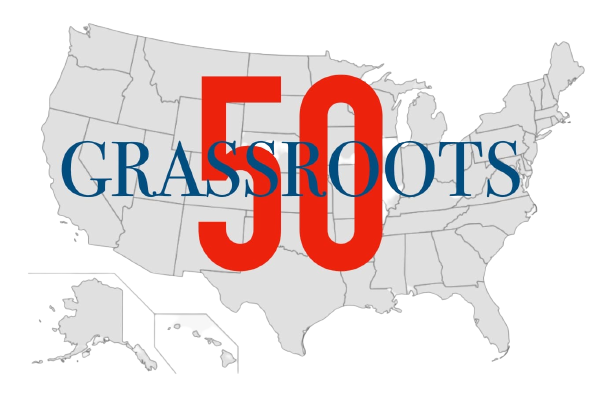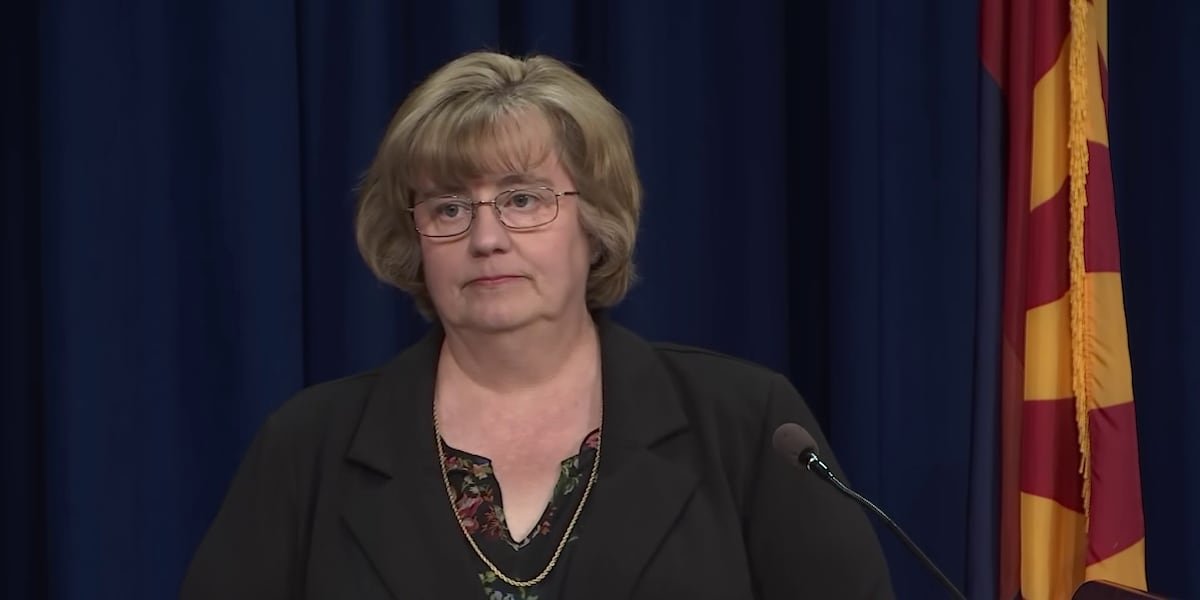Phase one empowered the U.S. Army Corps of Engineers to implement limited security measures. In February 2022, the total cost of his activities was estimated at $50 million.
The second phase of remediation work includes projects necessary to avoid further environmental damage, such as control of invasive plant species, decommissioning of existing water wells and temporary roads, erosion control, and other public safety considerations. Priority will be given. At the most expensive stage, DHS estimates the cost to be about $1.1 billion.
Phase 2 will also restore the southern end of the Arizona National Scenic Trail near Border Monument 102.
The final stage, which aims to offset the impact of border wall construction in certain project areas, including environmental mitigation projects, will be allocated $45 million.
“Phase 3 will allow special funding to be given to priority areas that we have identified because of the presence of endangered species,” Meza said.
This phase prioritizes monitoring of threatened and endangered species such as peninsular bighorn sheep, Sonoran desert pronghorn, Mexican gray wolf, jaguar and ocelot.
Meza said environmental groups expect CBP to receive special training to recognize the environmental impact of field operations.
conditional
As part of the agreement, DHS will restore funding to military construction projects in California, Colorado, Hawaii, Maryland, New Mexico, New York, Oregon, Virginia and Wisconsin. In addition to removing remaining construction material, DHS will install wildlife walkways in the project area in consultation with selected parties and U.S. Department of the Interior officials. If a larger wildlife passage needs to be closed, DHS must notify the Sierra Club and he SBCC within 48 hours.
The passage will remain open for the first two years.
DHS has agreed not to install additional fences in walkways until the environmental planning process is complete.
“There is now a promise that if any other type of construction is underway or is being planned near the border, it must comply with the National Environmental Protection Act, NEPA, but so far it has not been done. I didn’t,’ said Meza.
You must also comply with the Endangered Species Act (ESA), the National Historic Preservation Act (NHPA), and other applicable regulations.
The agreement states that NEPA’s analysis will consider alternatives to the proposed action, including impacts on species, in which case the DHS will submit an Environmental Assessment (EA) and an Environmental Impact Statement (EIS). will be created.
The agency also agreed to keep the storm gates open at all times and reduce lighting in the project area for the Yuma 1 border area near the Andrade Port of Entry in Yuma County. DHS agrees to consult with the United States Fish and Wildlife Service (USFWS) under the Environmental Plan for proposed new lighting.
If USFWS determines that lighting is adversely affecting ESA-registered species, DHS agrees to modify or remove existing lighting. Additionally, DHS has agreed to conduct a funded study by fiscal year 2020 or 2021 to evaluate low temperature or red spectrum lighting to reduce environmental impact.
The cost of research should not exceed $300,000.
Challenge Funds may not be used to build new roads in the project area unless recommended by the applicable Federal Land Management Agency. Again, DHS must complete an environmental planning process consistent with his NEPA, ESA, and NHPA.
The agreement allows for the rehabilitation of existing roads.
ephemeral
The agreement does not apply to border wall construction funded by other funds appropriated by Congress, nor does it provide a permanent solution.
Meza said DHS could be allowed to continue construction in the listed areas if a future administration were able to secure some other type of funding.
“There are several other sections that do not receive this protection, such as Rio Grande and Friendship Park in the Tijuana and San Diego areas,” Meza said.
SBCC border policy adviser Ricky Garza said in a press release, “This settlement not only holds the U.S. government accountable for its abuses of power, but also defends the equality of human rights before the law for all border residents. is aimed at,” he said.
Meza said environmental groups will continue to monitor and ensure implementation of the deal.
















